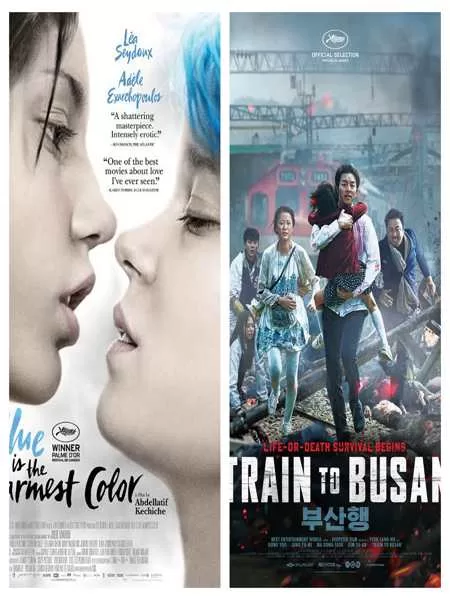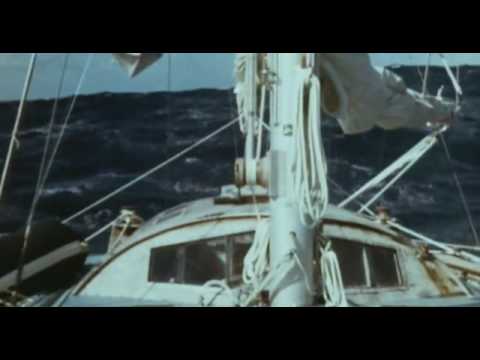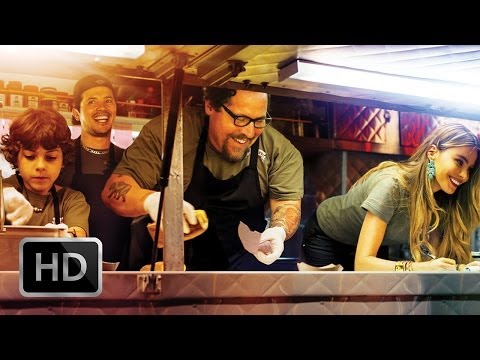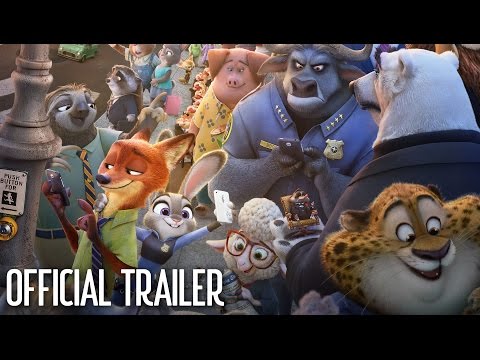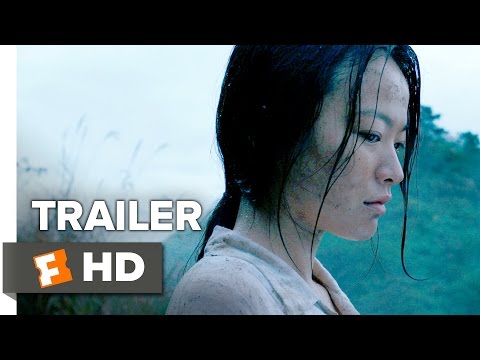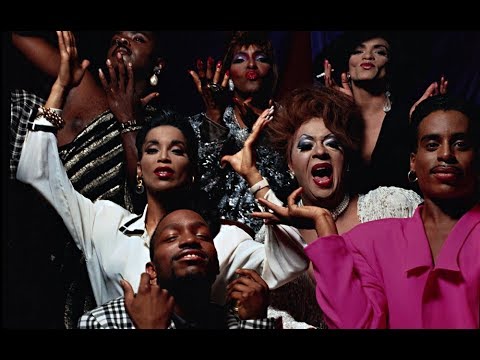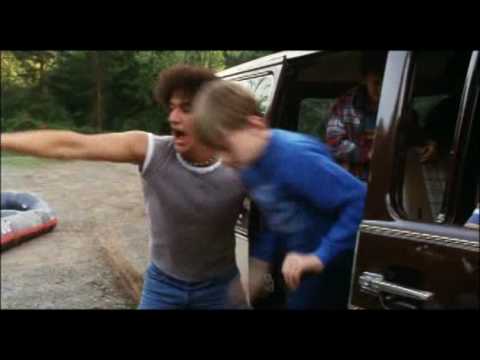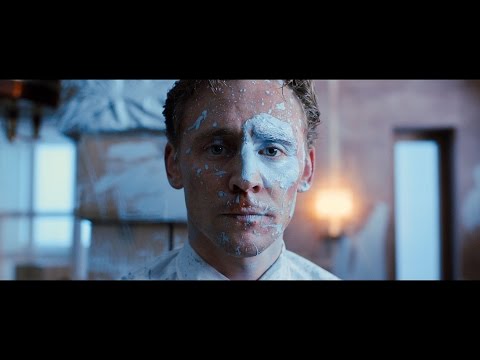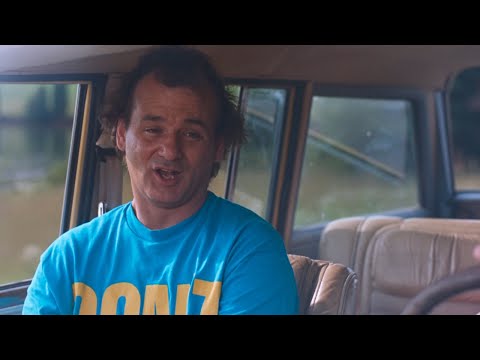Here are the 10 Best Movies Streaming on Netflix:
1. Train to Busan (2016)
Director: Yeon Sang-ho, Love them or hate them, zombies are still a constant of the horror genre in 2016, dependable enough to set your conductor’s watch by. And although I’ve probably seen enough indie zombie films at this point to eschew them from my viewing habits for the rest of my life, there is still usually at least one great zombie movie every other year. In 2016, that was Train to Busan, a film that I sadly hadn’t yet seen when I wrote the 50 Best Zombie Movies of All Time.
There’s no need for speculation: Train to Busan would undoubtedly have made the list. This South Korean story of a career-minded father attempting to protect his young daughter on a train full of rampaging zombies is equal parts suspenseful popcorn entertainment and genuinely affecting family drama. It concludes with several action elements that I’ve never seen before, or even considered for a zombie film, and any time you can add something truly novel to the genre of the walking dead, then you’re definitely doing something right. With a few memorable, empathetic supporting characters and some top-notch makeup FX, you’ve got one of the best zombie movies of the past half-decade.—Jim Vorel
2. Deep Water (2006)
Directors: Jerry Rothwell, Louise Osmond: Louise Osmond and Jerry Rothwell’s 2006 documentary Deep Water feels like an homage: to sailing, to the sea, to adventure, to vindaloo paste, but mostly to the unknown. In it, Osmond and Rothwell, with narrative help from friends and then—sure—Tilda Swinton, chronicle the 1968 round-the-world Sunday Times Golden Globe yacht race, wherein nine of the world’s best sailors, plus one large-hearted electronics engineer named Donald Crowhurst, pretty much the definition of a “weekend sailor,” set out to circumnavigate the globe. They started in the UK, went south and around the Cape of Good Hope, across the Indian Ocean, around Cape Horn, and then back across the Atlantic to complete the loop. It was supposed to take about nine months.
Instead, Crowhurst’s story found incomprehensible tragedy—and weirdness. While Deep Water often trumps melodramatic musical cues and interstitial vignettes even Errol Morris would call cheesy, pushing the narrative into heartrending territory the story itself could easily attain on its own, long passages of screen time are devoted, just as simply, to staring at the sea. Like Herzog’s seemingly interminable shots of whitewater on the Amazon in Aguirre, the viewer is expected to hold her gaze. It’s a hypnotic sight; it’s also simultaneously overwhelming and calm, vicious and passive, loud and susurrate to the point of silence. In that middle ground, between poles (or, rather, where two ends meet, at both the end and the beginning), there is the terror of the unknown. There is this ocean and that ocean and thousands of miles of incomprehensible vista between.—Dom Sinacola
3. Chef (2015)
Director: Jon Favreau, Jon Favreau took a break between the $163 million dollar Cowboys & Aliens and Disney’s live-action remake of The Jungle Book to write, direct and star in a small indie comedy-drama about a celebrated chef rediscovering his love for food. When the owner of his restaurant (Dustin Hoffman) won’t let him experiment in the kitchen and his social-media ignorance leads to a very public feud with a food critic (Oliver Platt), he quits and buys a food truck. The road-trip that follows is the sweet, earnest heart of the film—reconnecting with his son as he reconnects with a passion for food. There’s not much to the straight-forward plot, but the film’s humor and mouth-watering food porn make it a treat. —Josh Jackson
4. Zootopia (2016)
Directors: Byron Howard, Rich Moore, Jared Bush, It says a lot about the state of America’s cultural dialogues on acceptance and discrimination that a Disney movie feels this urgent, but maybe a movie about animals living under the impression of harmony is a long-term solution for our short-term failures. Then again, we’re talking about a cartoon where TV’s Snow White teams up with Michael Bluth in a sort-of riff on 48 Hours that expands to include references to The Godfather and Breaking Bad. Zootopia is smart in the way it approaches race relations, if unsophisticated and childish. But there are worse things a children’s movie can be than childish, and in Zootopia that word sheds its pejorative implications and instead feels befitting in its innocence.
The story takes place in the sprawling zoological metropolis of the title, a place where beasts of all makes and models—large and small, meek and ferocious—somehow manage to coexist in an approximation of civilized society. This is a movie that’s all about big, heartfelt honesty between its principals and its audience. Simple though its politics may be, the film is effective—and coming from a mainstream studio, it is even just daring enough to make a difference. —Andy Crump
5. The Wailing (2016)
Director: Na Hong-jin, The U.S. title of Na Hong-jin’s new film, The Wailing, suggests tone more than it does sound. There is wailing to be heard here, and plenty of it, but in two words Na coyly predicts his audience’s reaction to the movie’s grim tableaus of a county in spiritual strife. Though The Wailing ostensibly falls in the “horror” bin, Na trades in doubt and especially despair more than in what we think of as representing the genre. He isn’t out to terrify us—he’s out to corrode our souls, much in the same way that his protagonist’s faith is corroded after being subject to both divine and infernal tests over the course of the film. You may not leave the film scared, but you will leave it scarred, which is by far a more substantive response than naked fear. —Andy Crump
6. Paris is Burning (1991)
Director: Jennie Livingston, Madonna’s “voguing” phase has nothing on—that is, took everything from—the drag scene of 1980s New York City chronicled in this vibrant doc. Delving into the subculture of fierce, catwalk-styled posing and the clubs in which it thrived, Jennie Livingston depicts the less-than-glamorous realities of life as a drag queen before RuPaul was mainstream: issues of gender and sexual identity, race, bigotry and hate, HIV/AIDS, poverty, crime—theft is a commonplace means by which these would-be “Legends” seek a desired end: transformation. Named after one of the underground balls in which its subjects find a sense of family—in “houses,” no less—Paris is Burning is a joyous affair, and a curiously meta celebration of what it means “to be real.” —Amanda Schurr
7. Blue is the Warmest Color (2013)
Director: Abdellatif Kechiche, Three-hour movies usually are the terrain of Westerns, period epics or sweeping, tragic romances. They don’t tend to be intimate character pieces, but Blue Is the Warmest Color (La Vie D’Adèle Chapitres 1 et 2) more than justifies its length. A beautiful, wise, erotic, devastating love story, this tale of a young lesbian couple’s beginning, middle and possible end utilizes its running time to give us a full sense of two individuals growing together and apart over the course of years. It hurts like real life, yet leaves you enraptured by its power. —Tim Grierson
8. Wet Hot American Summer (2001)
Director: David Wain, A cult film that’s long since surpassed that status, Wet Hot American Summer is a lot of things: It’s hilarious; it’s perfectly cast; and it’s a clear demonstration that Christopher Meloni has more range than simply playing a dour sex crime detective. But what makes it so brilliant, 15 years later and with a Netflix series on lock, is that it’s so painfully, relentlessly nihilistic. We could trade quotable lines for days (my personal favorites being what Jon Benjamin’s can of vegetables admits he’s acrobatically capable of, and then Paul Rudd bluntly refusing to make out with Elizabeth Banks’s character due to her burger flavor), but the key to the movie’s endurance—past its timelessness grounded in a specific brand of ’80s sex romp flick—is the way in which it treats nostalgia.
Like Wain, Michael Showalter and Michael Ian Black’s Stella series, Wet Hot American Summer, which takes place over the course of Camp Firewood’s last day, exists in a bleakly amoral world. Here, bad things happen to good people—and really only to good people. Wain takes innocence and obliterates it, punishes it, gleefully destroying all nice memories anyone would ever hold dear about long lost summers, first loves and youth. Without a shred of wistfulness, Wet Hot American Summer surpasses its origins in parody and becomes something more: It earns its comedy. Taunting our very explicitly American tendency to let everything we touch devolve into sentimentality, the film proves that when we obsess over remembering ourselves at our best, we might as well be celebrating us at our worst.—Dom Sinacola
9. High-Rise (2016)
Director: Ben Wheatley, High-Rise begins with the past tense of Wheatley’s traditional mayhem, settling on tranquil scenes of extensive carnage and brutal violence inflicted before the picture’s start. Dashing Dr. Robert Laing (Tom Hiddleston) wanders waste-strewn halls. He goes to have a drink with his neighbor, Nathan Steele (Reece Shearsmith), who has enshrined a dead man’s head within a television set. Seems about right. But the film’s displays of squalor and viscera are a ruse. Spoken in the tongue of Wheatley, High-Rise is a tamer tale than Kill List or Sightseers. That isn’t a bad thing, of course, but if you go into Wheatley films anticipating unhinged barbarity, you may feel as though the film and its creator are trolling you here.
High-Rise is based on English novelist’s J.G. Ballard’s 1975 novel of the same name, a soft sci-fi dystopian yarn fastened to a through line of social examination. In context with its decade, the book’s setting could be roughly described as “near future England,” and Wheatley, a director with a keen sense of time and place across all of his films, has kept the period of the text’s publication intact, fleshing it out with alternately lush and dreggy mise en scène. If you didn’t know any better, you might assume that High-Rise is a lost relic of 1970s American cinema.—Andy Crump
10. What About Bob (1991)
Director: Frank Oz, Despite a great co-directorial debut with 1990’s Quick Change and memorable cameos in movies like Little Shops of Horrors, Bill Murray’s career took a critical dive after 1984’s Ghostbusters. He didn’t even take a major role between 1984 and 1988. So when What About Bob? came out in 1991, critics had long been talking about the Murray slump, and there was legitimate reason to think his career was fading away. What About Bob? is no Groundhog Day (which, sadly, is no longer on Netflix), but Murray’s fantastic as the phobia-riddled patient of a pompous psychiatrist played by Richard Dreyfuss.
(Dreyfuss is maybe too believable as an arrogant blowhard who barely tolerates his family.) It’s a classic Murray role but also an atypical one: Bob isn’t a sarcastic know-it-all, but a human puppy dog unaware of the drama and turmoil that follows in his wake.—Garrett Martin

